
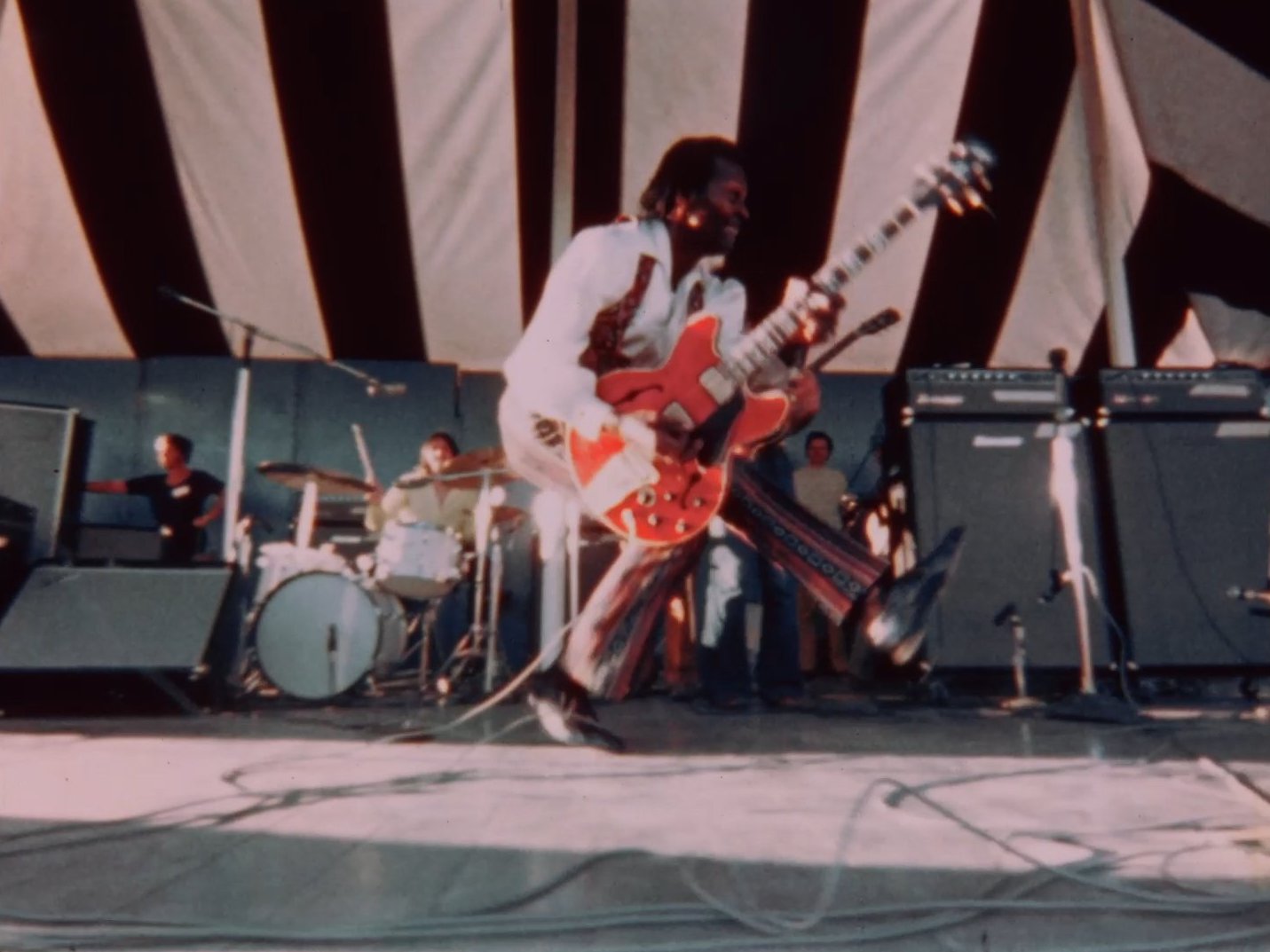
Greenwich Entertainment has released the documentary Revival69: The Concert That Rocked the World in select theaters across the US and on streaming platforms. The film tells the story of the 1969 Toronto Rock and Roll Revival festival, and how two friends inadvertently changed the course of music history forever. This festival single-handedly cemented the legendary status of classic acts, highlighted up-and-comers, and ended the greatest act in music history. With a mix of archival footage, slick animation, and artist interviews, Revival69 captures the energy of its titular festival without sacrificing any details.
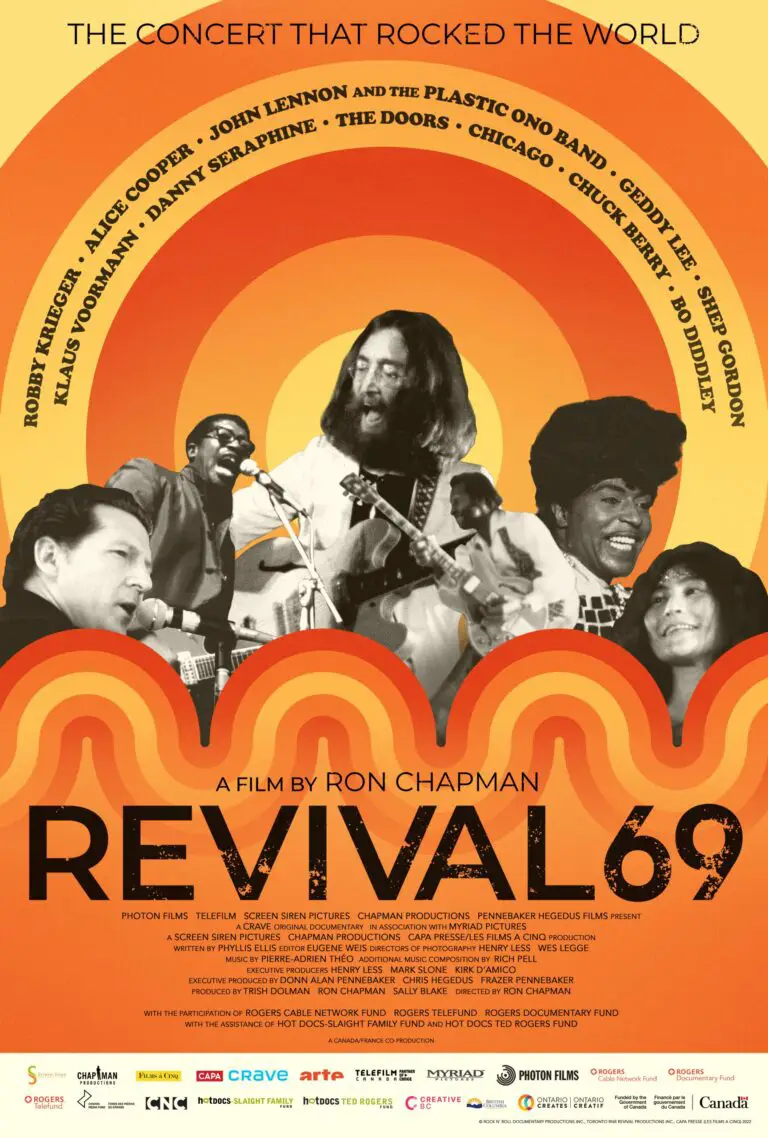
Award-winning filmmaker Ron Chapman directs bringing his concert film expertise. Chapman has previously collaborated with Madonna, U2, Sting, and Lady Gaga on his documentary Who the F**K Is Arthur Fogel, bringing him much acclaim. This acclaim has continued with the release of Revival69, winning Best International Feature at the Florida Film Festival. Additionally it was officially selected at the SXSW Festival.
Revival 69 Synopsis
For much of the 1960s, Toronto was not on the map musically. Despite this, two friends were dead set on bringing touring acts to their city. 22 year old John Brower and 23 year old Ken Walker decided to take matters into their own hands when it came to booking acts. The duo started an independent promotion business to bring their favorite artists to Toronto. By 1969, their dreams had become a reality with the duo organizing the Toronto Pop Festival. Legends like the Velvet Underground and Chuck Berry all performed at the first major pop festival in Canadian History.
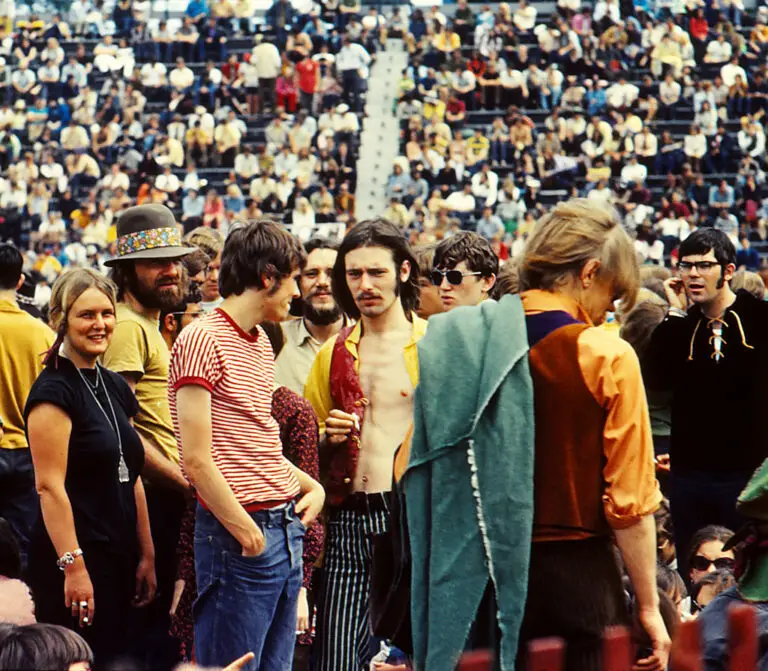
Building off the success of this festival, the duo immediately began to plan a new event for the fall. While the pop festival was a rapturous success, this new festival’s planning was anything but. The spark for Rock and Roll Revival was purely coincidental, with Brower realizing that some of the biggest names of 1950s rock were all available on the same day – September 13th. The plan from there was simple: book these legendary acts and wait for audiences to flock to Toronto for a historic concert. With Chuck Berry, Jerry Lee Lewis, Bo Diddley and more, who wouldn’t want to see the concert? This however was not the outcome, with the festival planning proving the maxim “anything that can go wrong will go wrong.”
As it turns out, not as many people wanted to see these acts as expected. Brewer and Walker had only sold 2,000 tickets – 7,000 fewer than needed to break even. Needing a headliner, Brower contacted the Doors, who were riding high off the success of their no. 1 hit “Hello I Love You.” This, however, only added to Brower’s issues. The Doors requested $25,000, which Brower did not have, forcing him to borrow money from a local motorcycle gang. On top of this, the Doors soon had to deal with legal issues, as Jim Morrison faced felony indecent exposure charges, leading to a cancellation of all shows.
Enter John Lennon
In a hail mary, Brower and Walker called John Lennon‘s office in London. This point marks a shift in tone for the rest of the documentary. While anxiety still exists in the background, pieces slowly begin to fall into place, with the Rock and Roll Revival seeming more and more likely to succeed. Through the assurances of mutual friends, Lennon eventually agrees to perform in Toronto. This sequence of the film is brought to life by office recordings of John Lennon, humanizing such a legendary figure, and bringing a needed authenticity to these interactions.
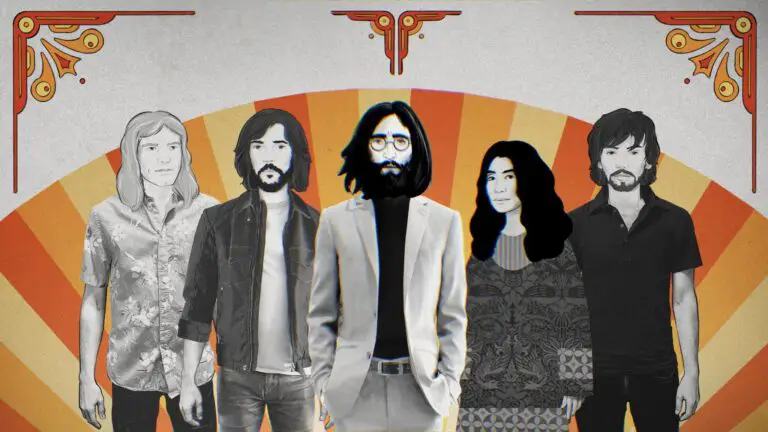
Lennon – who had not performed live in years – needed a new band. Much like the haphazard planning of the Revival festival, the formation of the Plastic Ono Band was equally chaotic. Viewers see Lennon alongside Yoko Ono, bassist Klaus Voorman, Drummer Alan White of Yes, and Eric Clapton band together for the first edition of the group. Despite having a large festival scheduled, the group never rehearsed together until they were on the plane heading to Toronto. This sequence feels straight out of a superhero movie, with these legendary artists banding together to form a true supergroup . Additionally, it features small artistic flourishes for keen viewers. Whether it is Voorman’s Revolver-esque drawings of the group, or the instrumental for “Roundabout” playing during White’s introduction, music fans will take joy in these little details.
Revival Comes to Life
Cutting to the day of the festival, the documentary truly comes to life. The driving force for the rest of the film is archival footage from documentarian D.A. Pennebaker and camerawoman Molly Davis. During Bo Diddley’s set, the footage shows audiences smiling, smoking, and dancing without a care in the world. With the anxiety and fear that marks the first half of the film, this footage is a cathartic release. Audiences can see that all of the gambles and hard-work going into the festival actually paid off.
The high-point of these classic performances comes from Chuck Berry. Berry was known for assembling rag-tag backing bands in each city he traveled to. The footage shows Berry enter alongside the teenage members of the local band Nucleus. Berry calls out to the audience “Ole” and “Peace,” ramping up the energy more and more. Then without saying what song will be played or what key it is in, Berry bursts into song. The footage of this set does a spectacular job at visual storytelling. At the beginning of the set, you can see drummer Danny Taylor with fear in his eyes trying to keep up with Berry. After a few songs, however, things begin to click, and following a single chef’s kiss motion from Berry, you can see the band begin to mesh like they had been playing together for years.
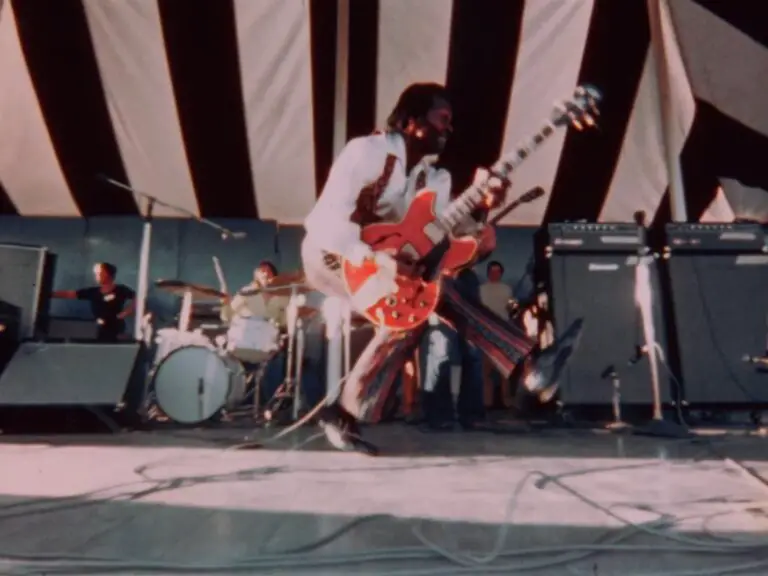
The festival was not just classic acts, also acting as a springboard for one of the greatest names in rock. Brower needed to find a backing band for rockabilly so Gene Vincent enlisted the help of Arizona’s Alice Cooper. Chapman’s direction alongside Pennebaker’s film does an amazing job illustrating the energy and sheer horror of Alice Cooper’s set. As Cooper recalled, they were the underdogs of the show, so had to make their time on stage count. On top of playing scorching proto-metal, Cooper turned the stage into a battleground. He fought with his bandmates, hammered the stage, and sprayed a feather pillow out into the crowd. Interview with singer and audience-member Claudia Barry illustrates the atmosphere of the moment, recalling feeling like “Somebody’s gonna die.”
Alice Cooper’s set illustrates another strength of the film: making the legendary feel human. Throughout the segment, there is a comical back and forth between Cooper and agent Shep Gordon. Their interaction – strangely enough – revolved around a chicken in a pillowcase. Gordon thought it would be funny to release it on stage during Cooper’s set. Cooper, seeing the chicken, decided to throw it assuming that chickens could fly away. It did not fly, and rather plummeted into the crowd, spawning rumors of Cooper’s chicken killing spectacles at concerts. In an interview, Cooper still fights back, saying Gordon refuses to admit he released the chicken. Little flourishes like this help bring a sense of levity and humanity to such a big event.
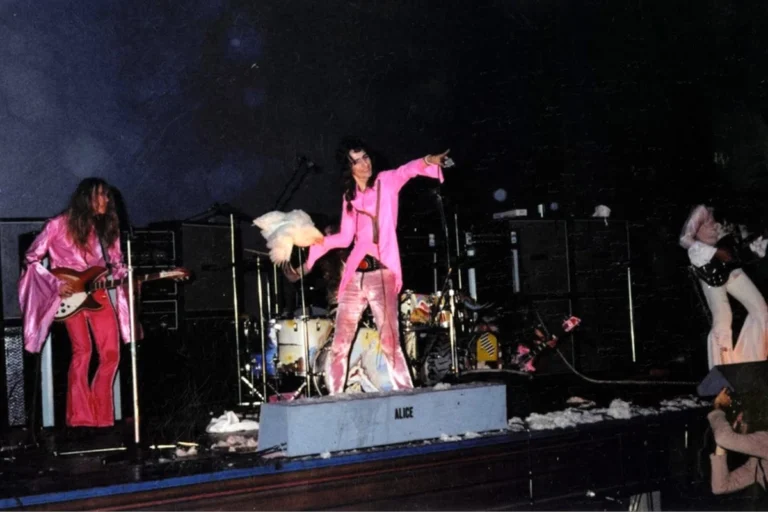
Lennon Finds Peace
The highlight of the festival – and the film – is John Lennon’s much-anticipated performance. Lennon, despite being the biggest star of the era, is mortified to go out on stage. The archival footage shows him throwing up before the performance, really humanizing Lennon. Despite his anxieties, he alongside the Plastic Ono Band emerged to deafening applause and a sea of candles throughout the crowd. The applause however, died out quickly, as Yoko Ono began to sing. As bassist Klaus Voorman recalled, someone “must have stepped on a nail or something.” Despite the cold reception, John stuck by Yoko throughout the set, hugging her and yelling at the audience to “Wake up” and realize the artistic merit of her performance. These small acts of devotion and love really help to humanize a couple as legendary as John and Yoko.
Voorman provides a thought-provoking monologue through this portion of the film, set alongside a montage of the Vietnam war. This marks a stark contrast with the rest of the film, being much more somber and even bone-chilling at points. Voorman recalls the performance clicking, realizing the duality of Lennon and Ono. He realized that as Lennon sang “Give Peace a Chance,” offering hope for the future, Ono howled with her classically-trained voice, reflecting the current death and destruction of the Vietnam war, with both of these halves coming together to form a truly moving reflection on the war.
Leaving the stage, Lennon immediately announced to his bandmates that he was leaving the Beatles. He had found a new band, a new identity, and a new lease on life, and wanted to move into a new era of his career. Ending on such a big piece of music history like this really works to wrap up the film well. At its heart, the Toronto Rock and Roll Revival was a pet project between two friends that was not assured to succeed. Despite countless monetary, legal, and booking issues that threatened to derail the show, it somehow persevered. Through this perseverance, Brower and Walker inadvertently ended the Beatles, bringing about a symbolic end to the 1960s, and moving rock into a new era.
“When we played at the Rock n’ Roll Revival show in Toronto…it was exciting for John because he felt he didn’t need to live up to the Beatles mystique…we had total freedom”
– Yoko Ono, 2020
Review
In conclusion, Revival69: The Concert That Rocked the World brings one of the most momentous nights in rock history to life. Pennebaker’s superb archival footage displays the utter joy of both the performers and audience. This combined with interviews from organizers, performers, and audience members weaves a complex tapestry. These interviews are the emotional backbone of the film’s compelling narrative. Overall, Revival69 is a perfect film for lovers of 1950s and 60s rock, history, or live performances more generally.
The film is now playing at Manhattan’s New Plaza Cinema for a limited time. Additionally, the film is available to rent or buy on Amazon Prime Video.
The post “Revival69” Explores the Greatest Night in Rock History appeared first on NYS Music.








